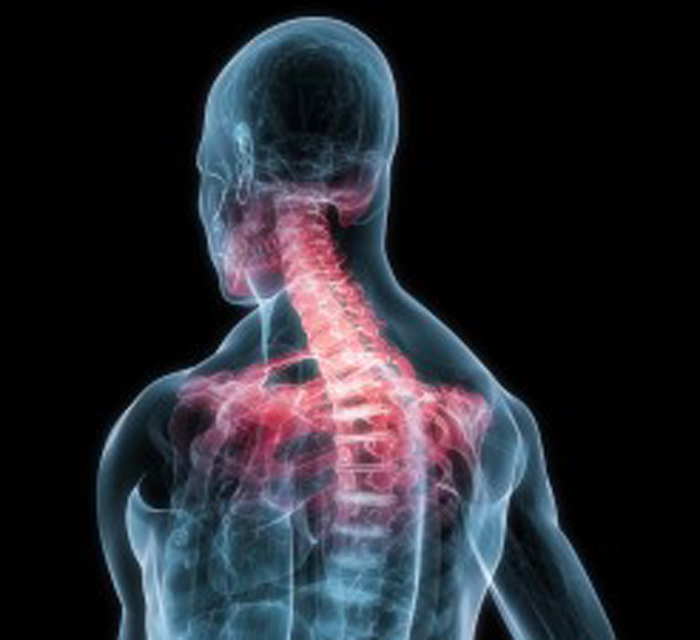Manual Therapy Followed by Specific Active Exercises Versus a Placebo Followed by Specific Active Exercises on the Improvement of Functional Disability in Patients with Chronic Non Specific Low Back Pain: A Randomized Controlled Trial
SOURCE: BMC Musculoskelet Disord. 2012 (Aug 28); 13: 162
Pierre Balthazard, Pierre de Goumoens, Gilles Rivier,
Philippe Demeulenaere, Pierluigi Ballabeni, and Olivier Dériaz
Physiotherapy Department,
HES-SO University of Applied Sciences Western Switzerland-HESAV,
Avenue de Beaumont,
Lausanne 1011, Switzerland.
pbalthaz@hecvsante.ch
BACKGROUND: Recent clinical recommendations still propose active exercises (AE) for CNSLBP. However, acceptance of exercises by patients may be limited by pain-related manifestations. Current evidences suggest that manual therapy (MT) induces an immediate analgesic effect through neurophysiologic mechanisms at peripheral, spinal and cortical levels. The aim of this pilot study was first, to assess whether MT has an immediate analgesic effect, and second, to compare the lasting effect on functional disability of MT plus AE to sham therapy (ST) plus AE.
METHODS: Forty-two CNSLBP patients without co-morbidities, randomly distributed into 2 treatment groups, received either spinal manipulation/mobilization (first intervention) plus AE (MT group; n = 22), or detuned ultrasound (first intervention) plus AE (ST group; n = 20). Eight therapeutic sessions were delivered over 4 to 8 weeks. Immediate analgesic effect was obtained by measuring pain intensity (Visual Analogue Scale) before and immediately after the first intervention of each therapeutic session. Pain intensity, disability (Oswestry Disability Index), fear-avoidance beliefs (Fear-Avoidance Beliefs Questionnaire), erector spinae and abdominal muscles endurance (Sorensen and Shirado tests) were assessed before treatment, after the 8th therapeutic session, and at 3- and 6-month follow-ups.
There are many more articles like this @ our:
RESULTS: Thirty-seven subjects completed the study. MT intervention induced a better immediate analgesic effect that was independent from the therapeutic session (VAS mean difference between interventions: -0.8; 95% CI: -1.2 to -0.3). Independently from time after treatment, MT + AE induced lower disability (ODI mean group difference: -7.1; 95% CI: -12.8 to -1.5) and a trend to lower pain (VAS mean group difference: -1.2; 95% CI: -2.4 to -0.30). Six months after treatment, Shirado test was better for the ST group (Shirado mean group difference: -61.6; 95% CI: -117.5 to -5.7). Insufficient evidence for group differences was found in remaining outcomes.
CONCLUSIONS: This study confirmed the immediate analgesic effect of manual therapy (MT) over sham therapy (ST). Followed by specific active exercises, it reduces significantly functional disability and tends to induce a larger decrease in pain intensity, compared to a control group. These results confirm the clinical relevance of MT as an appropriate treatment for CNSLBP. Its neurophysiologic mechanisms at cortical level should be investigated more thoroughly.
From the FULL TEXT Article:
Background
In developed countries, 60 to 80% of the active individuals suffer from low back pain (LBP) at least once in their life [1, 2]. Generally, patients with acute episode of non specific low back pain (ALBP) recover within 6 to 8 weeks, but the recurrence is frequent, and 7 to 10% of them will experience persistent pain and disabilities for more than 3 months [2-5]. Moreover, psycho-social, physical and behavioral components play an important role in the occurrence of chronic non specific low back pain (CNSLBP). Up to now, the treatment of CNSLBP is still complex and expensive and the outcome highly unpredictable [6-8].
Read the rest of this article here!



Leave A Comment